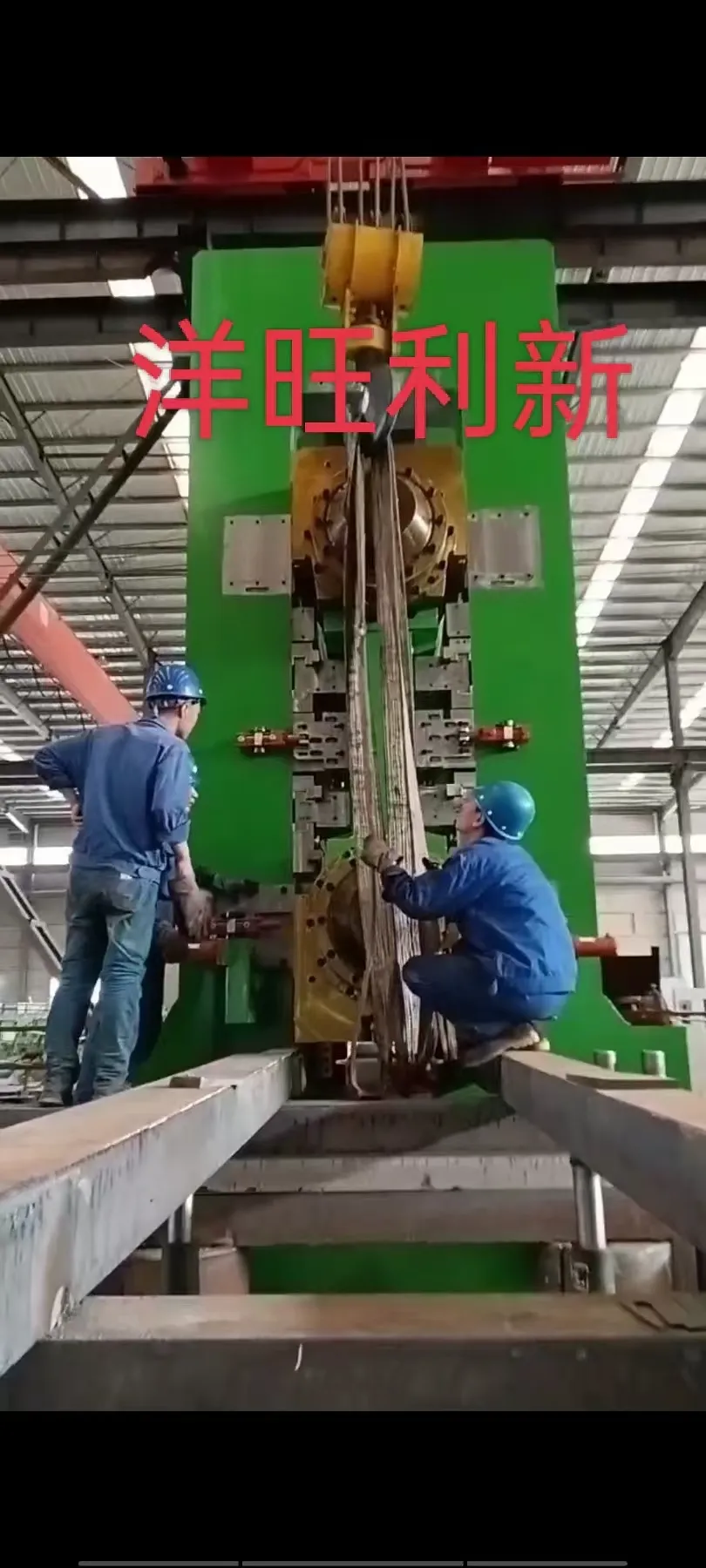
Quality Determinants in Hot Rolling Mill Products
The hot rolling mill serves as the critical process stage where fundamental product quality characteristics are established. While steel chemistry is determined during primary production, the hot steel rolling mill controls the thermomechanical processing that develops the final microstructure and mechanical properties. Several interrelated factors contribute to this quality-determining function that makes the hot strip rolling mill so much more than just a shaping operation.

Temperature management throughout the hot rolling machine represents perhaps the most crucial quality control parameter. Initial slab reheating must achieve uniform through-thickness temperatures to prevent uneven deformation during rolling. Interstand temperature drops must be controlled to maintain proper metallurgical conditions, particularly during the final finishing passes where recrystallization behavior determines grain size and mechanical properties. Modern hot rolling mill equipment employs sophisticated temperature monitoring systems using pyrometers and thermal imaging cameras to maintain optimal processing conditions.
Deformation strategy constitutes another vital quality consideration in hot rolling mills. The distribution of reductions between roughing and finishing stands affects recrystallization behavior and final grain structure. Excessive single-pass reductions can cause edge cracking or undesirable texture development, while insufficient reduction may fail to fully refine the microstructure. Advanced hot strip rolling mills employ variable crown work rolls and intelligent shape control systems to ensure uniform deformation across the strip width, preventing shape defects like edge waves or center buckles.
The cooling process following the final rolling pass represents the last opportunity for the hot rolling machine to influence product properties. Controlled accelerated cooling systems can produce specific microstructural phases that impart desired strength-toughness combinations. The precision of these cooling systems in modern hot steel rolling mills allows producers to achieve property combinations that previously required alloy additions or subsequent heat treatment, providing significant cost savings while improving sustainability through reduced chemical usage.
Environmental Considerations and Sustainability of Hot Rolling Mill
Contemporary hot rolling mill operations face increasing pressure to minimize environmental impact while maintaining production efficiency. Modern hot rolling mill equipment incorporates numerous features designed to reduce energy consumption, emissions, and waste generation. These sustainability initiatives have become integral to the hot strip rolling mill's continued license to operate in environmentally conscious markets.
Energy efficiency improvements represent a major focus area for hot rolling machine technology development. State-of-the-art reheating furnaces now achieve thermal efficiencies exceeding 70% through regenerative burner systems and optimized combustion controls. Waste heat recovery systems capture energy from hot exhaust gases and cooling water streams, repurposing it for other plant needs. The adoption of direct hot charging practices, where continuously cast slabs proceed directly to the hot steel rolling mill without intermediate cooling and reheating, can reduce energy consumption by up to 30% compared to conventional processing.
Emission control has become another critical design consideration for hot rolling mills. Advanced fume capture systems collect and treat the scale and oil smoke generated during rolling operations. Closed-loop water treatment systems minimize liquid discharges while recovering valuable scale particles for recycling. Modern hot strip rolling mill installations incorporate comprehensive environmental monitoring systems that track emissions in real-time, ensuring compliance with increasingly stringent regulatory requirements.
Material efficiency represents another sustainability aspect where hot rolling mill equipment has made significant progress. Improved process control systems have reduced thickness tolerances, enabling customers to use less material while maintaining performance requirements. Advanced width control systems minimize edge trim losses, while improved roll changing procedures reduce scrap generation during product transitions. These incremental improvements collectively contribute to higher overall yield rates that reduce the environmental impact per ton of finished product.
-
Indian Clients Visit YWLX to Inspect Skin-pass MillNewsJun.22,2025
-
Typical Products from Reversing Cold Rolling ProcessNewsMay.26,2025
-
Surface Finish Improvement through Skin Pass RollingNewsMay.26,2025
-
Integration of AGC Systems in Modern Cold Rolling MillsNewsMay.26,2025
-
Cold Rolling in the Context of High-Strength Steel DemandNewsMay.26,2025
-
AGC in Hot Rolling Mills: Challenges and SolutionsNewsMay.26,2025
-
Why Reversing Cold Rolling Mills Are Ideal for Specialty MetalsNewsMay.13,2025










